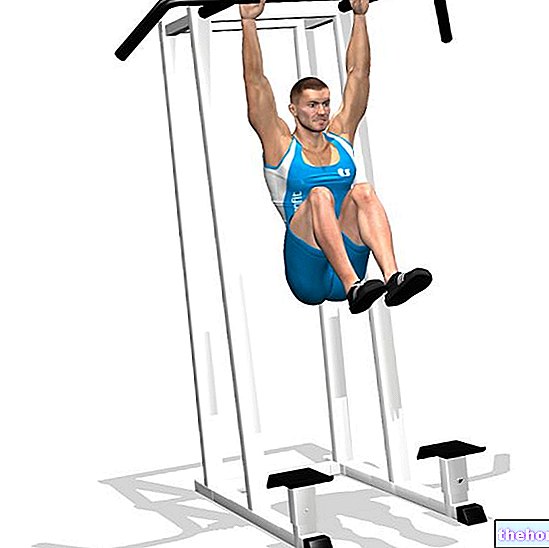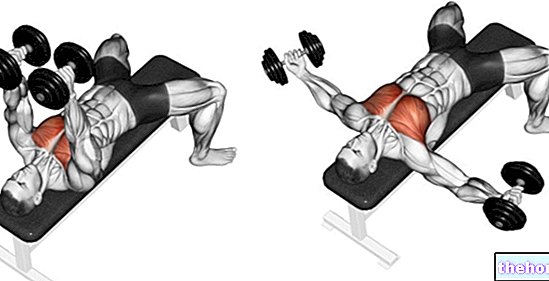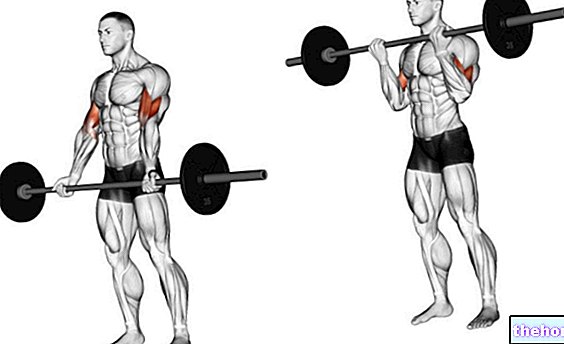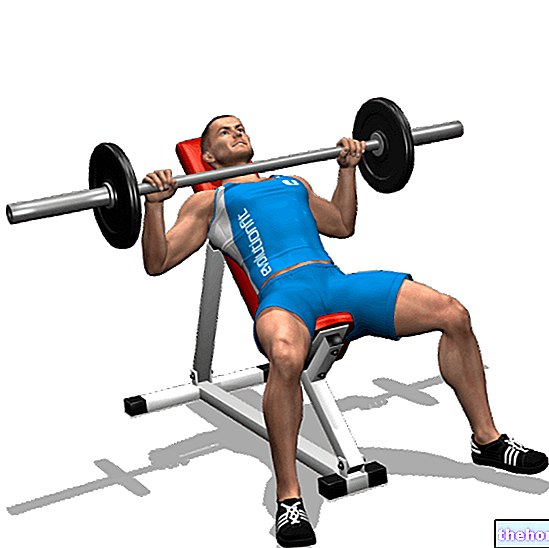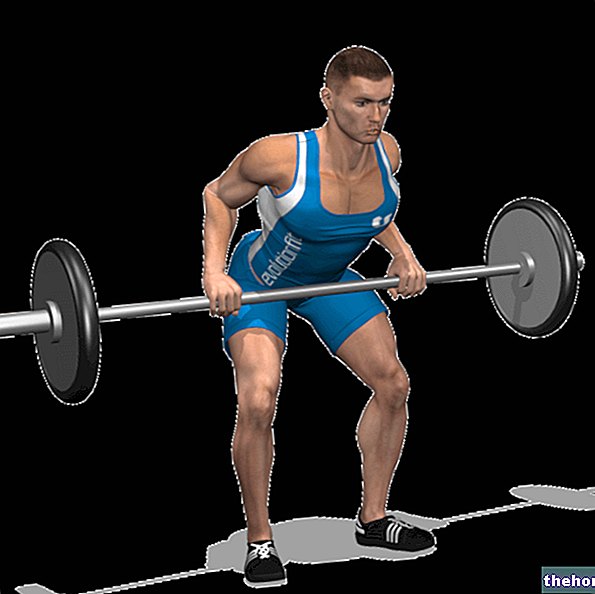Edited by Dr. Massimo Bonazzelli
Synonyms
The Machine Specific Transverse Shoulder Extensions exercise is also known as the reverse butterfly
Type of Exercise
Machine Specific Shoulder Transverse Extensions is a Monoarticular / accessory exercise
Variants
- Cross shoulder extensions with dumbbells
Transverse shoulder extensions to the specific machine: Execution
The starting position sees the athlete positioned on the machine with the torso vertical, the back in its position of strength, the hips flexed, the legs semi-flexed and the feet firmly placed forward, ready to push to stabilize the movement during the execution. . The machine exists in two versions: 1) with handles 2) with rollers for the elbows. In the first case the athlete grasps the handles with a prone grip and internally rotated shoulders; the seat should be adjusted so that the hands are at the same height as the shoulders. In the second case the athlete rests his elbows inside the special rollers after having adjusted the seat in such a way that shoulders and elbows are at the same height. The execution consists in "adducting the shoulder blades and" extending the shoulders in the transverse plane up to the maximum degree of hyperextension allowed by individual mobility without forcing. In version 1) by grasping the handles with a neutral grip, the movement becomes a transverse abduction. In version 2) by adding the shoulders (bringing the elbows closer to the body), the transverse extension movement is hybridized with that of sagittal extension with involvement of the great dorsal and great teres; in this case the shoulder is generally hyperextended more, but the work on the infraspinatus and teres minor is reduced.
Muscles involved in the exercise Transverse shoulder extensions to the specific machine
Group 0
- Lateral deltoid
- Posterior deltoid
- Small round
- Infrared
- Great dorsal
Transverse shoulder extension
Group 1
- Intermediate beams of the trapezius
- Lower bundles of the trapezius
- Rhomboid
Scapular adduction
Function of the stabilizing muscles: Stability of the shoulder, shoulder blade, elbow, grip, torso, hip, knee and ankle


